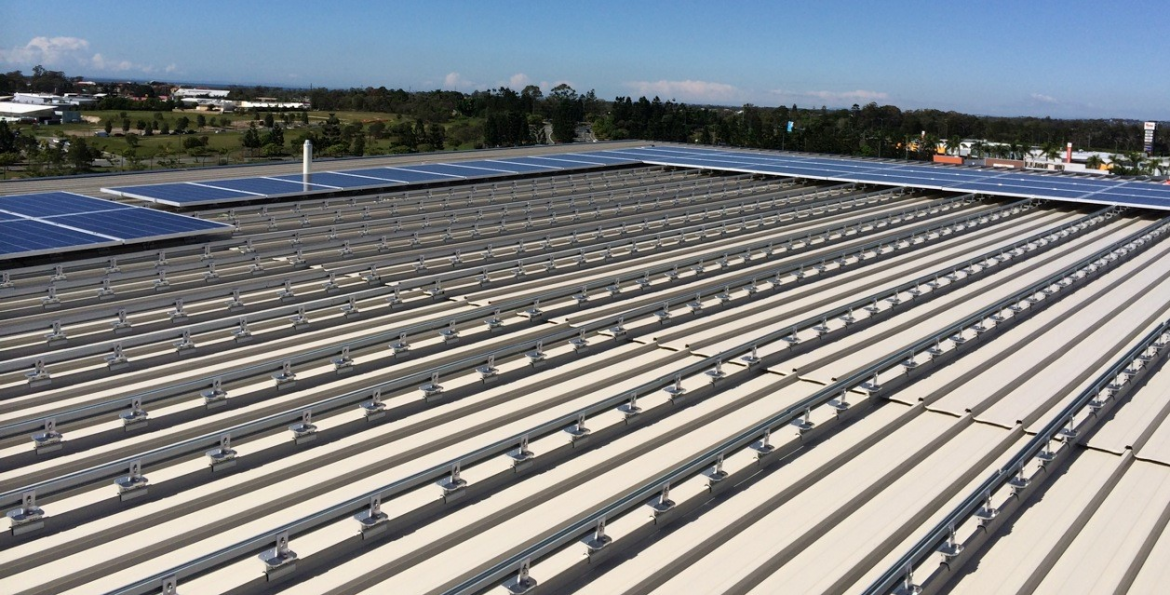A non-penetrating solar panel mount provides a method to install solar panels without creating holes in the roof. This approach preserves the roof’s integrity and reduces the risk of leaks or structural damage. It is suitable for a wide range of roofing types, making it practical for both residential and commercial projects.
Easy Installation and Cost Efficiency
One of the key advantages of a non-penetrated solar roof mount is its ease of installation. Clenergy’s PV-ezRack® SolarRoof™ is equipped with versatile rails, Z-modules, and splice kits, which eliminate the need for onsite cutting. This not only reduces labor time but also makes the system safer and more cost-effective. The installation process maintains the non-penetrative nature of the mount while providing secure and reliable panel attachment.
Compatibility and Versatility
The non-penetrating solar panel mount system from Clenergy is designed for broad compatibility. It works with most major framed and frameless PV modules on the market, providing flexibility in selecting solar panels. The system also includes a full range of roof hooks, brackets, adjustable tilt legs, and flexible rails. These features allow installers to adapt the angle and layout to match different roof slopes and site conditions, ensuring optimal performance regardless of roof type.
Benefits of Non-Penetrated Systems
Using a non-penetrated solar roof mount protects the roof from damage while maintaining its waterproof integrity. It simplifies maintenance and potential relocation of panels, while offering strong resistance to wind and weather. The system’s versatility allows it to be used on pitched tile roofs, metal roofs, concrete roofs, and slate roofs, making it a practical choice for diverse projects.
Conclusion
A non-penetrating solar panel mount offers multiple benefits, including easy installation, compatibility with a variety of PV modules, and protection of roof structure. Clenergy‘s PV-ezRack® SolarRoof™ provides a reliable and flexible solution for businesses and homeowners seeking efficient solar energy deployment while minimizing risks to the roof.
